Norway
Welcome to Norway
Norway is a land where nature’s drama and tranquility coexist in perfect harmony. From the snow-draped peaks of the Arctic north to the lush valleys and fjords of the south, Norway offers a journey through some of the world’s most spectacular landscapes. Whether you’re chasing the ethereal glow of the Northern Lights, exploring Viking history, or simply soaking in the peace of a remote fishing village, Norway is a destination that promises wonder and adventure at every turn.
Norway, stretching over 1,600 kilometers from north to south, is a Scandinavian gem renowned for its pristine wilderness, deep fjords, towering mountains, and vibrant cities. With a population of around 5.5 million, Norway is celebrated not only for its natural beauty but also for its high quality of life, progressive society, and rich cultural heritage. The capital, Oslo, is a hub of modern architecture, museums, and culinary delights, while cities like Bergen and Trondheim charm visitors with their historic wharves and medieval landmarks.
The country’s unique geography, shaped by ancient glaciers, has given rise to dramatic coastlines, thousands of islands, and some of Europe’s most breathtaking national parks. Norway is also famous for its midnight sun in summer and long, magical winter nights, making it a year-round destination for travelers seeking both adventure and serenity.
Why Visit Norway?
1.
Norway’s fjords are legendary-deep, narrow inlets flanked by sheer cliffs and cascading waterfalls. Cruising through the UNESCO-listed Geirangerfjord or Nærøyfjord is an unforgettable experience, offering vistas that seem untouched by time. In the north, above the Arctic Circle, the winter sky comes alive with the Northern Lights, painting the heavens with swirling greens and purples. Tromsø and Finnmark are among the world’s best places to witness this celestial spectacle.
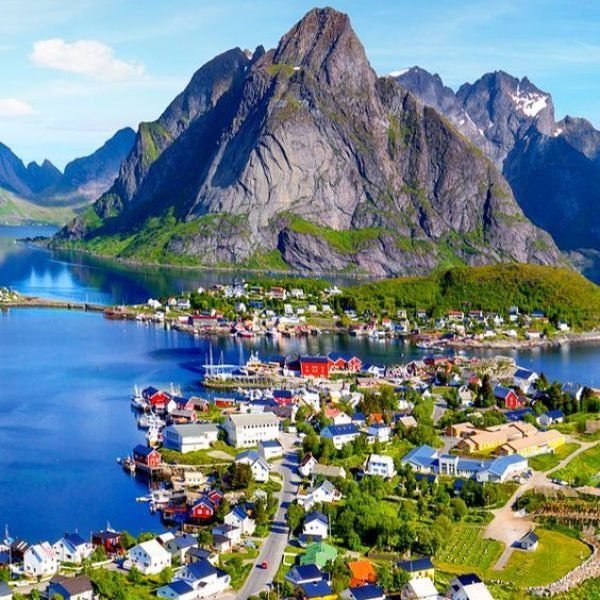
2.
Norway is a playground for outdoor enthusiasts. Hike the iconic trails to Trolltunga or Preikestolen, kayak through mirror-like fjords, or ski in the powdery slopes of Lillehammer. Beyond nature, Norway’s cities pulse with culture-discover Viking ships in Oslo, medieval wharves in Bergen, and stave churches that echo centuries of history. The country’s commitment to sustainability and the freedom to roam (allemannsrett) ensure that everyone can enjoy its wild beauty responsibly.
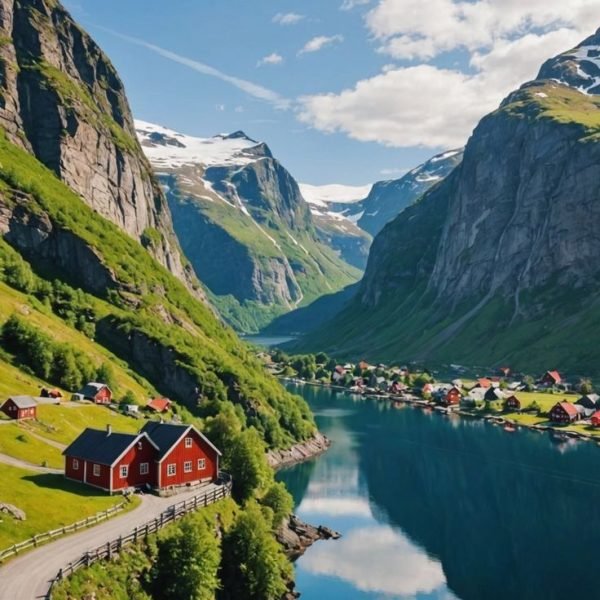
Planning Your Trip
Visa Information
Norway is part of the Schengen Area. Travelers from EU/EEA countries and many other nations can enter Norway visa-free for up to 90 days within a 180-day period. If you require a visa, apply through the Norwegian embassy or consulate in your country before your trip. Ensure your passport is valid for at least three months beyond your planned departure date. For those planning longer stays, work, or study, specific visas and permits are required-check the latest requirements before traveling.
Best Time to Visit
Norway’s appeal shifts with the seasons, offering distinct experiences throughout the year:
- Summer (June to August): Long days, mild temperatures, and the midnight sun above the Arctic Circle. This is the best time for hiking, fjord cruises, and outdoor festivals. Coastal cities like Bergen and Stavanger come alive with vibrant events and bustling harbors.
- Autumn (September to October): Crisp air, golden foliage, and fewer tourists. The landscapes are ablaze with color, and it’s a wonderful time for hiking and photography.
- Winter (November to March): Snow transforms Norway into a winter wonderland. Ideal for skiing, dog sledding, and chasing the Northern Lights. The Christmas markets in Oslo and Bergen add a festive charm.
- Spring (April to May): Melting snow reveals lush valleys and rushing waterfalls. Wildflowers bloom, and wildlife emerges-perfect for nature lovers seeking tranquility.
Your ideal time to visit depends on your interests: summer for endless daylight and outdoor activities, winter for aurora hunting and snow sports.
Getting To and Around
- Arriving in Norway: Oslo Gardermoen Airport is the main international gateway, with direct flights from major European cities and connections worldwide. Bergen, Stavanger, and Trondheim also have international airports.
- By Train: Norway’s rail network is efficient and scenic. The Bergen Railway, connecting Oslo and Bergen, is renowned as one of the world’s most beautiful train journeys, traversing mountain plateaus and deep valleys.
- By Car: Renting a car offers the freedom to explore remote fjords, coastal roads, and mountain passes at your own pace. Norway’s roads are well-maintained, but be prepared for narrow, winding routes and occasional ferries across fjords.
- By Bus and Ferry: Long-distance buses connect cities and rural areas, while ferries are essential for island-hopping and crossing fjords. The Hurtigruten coastal ferry is a unique way to experience Norway’s rugged coastline, stopping at picturesque towns from Bergen to Kirkenes.
- Public Transport in Cities: Oslo, Bergen, and Trondheim boast excellent public transport systems, including trams, buses, and metro lines. Purchase travel cards for convenience and savings.
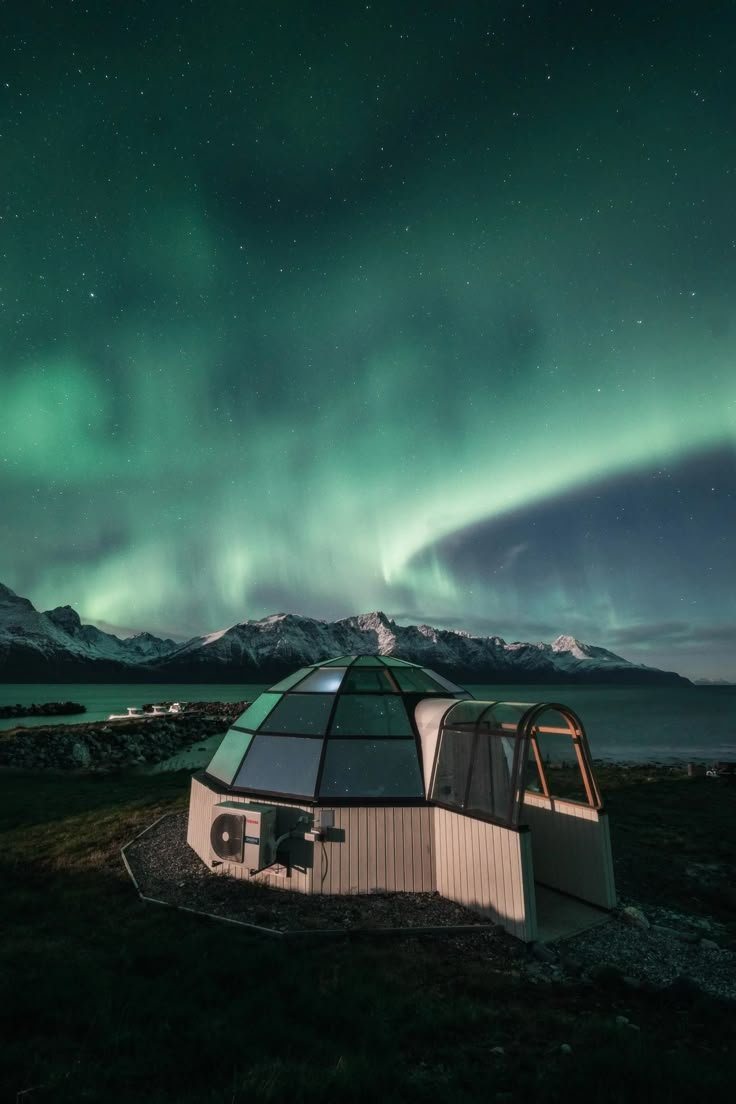
Accommodation
Norway’s lodging options mirror its landscapes-diverse, breathtaking, and tailored to every traveler. From historic fjord-side retreats to Arctic glass cabins, here’s how to rest your head in style.
Historic Charm & Boutique Stays
For heritage lovers, The Hanseatic Hotel in Bergen tops the list with its 18th-century timber architecture and Nordic breakfasts served in a setting that whispers tales of Hanseatic merchants. Similarly, Union Øye in the fjords, a 19th-century hotel frequented by European royalty, offers antique-filled rooms amid mountain vistas. In Oslo, The Thief blends contemporary art with waterfront luxury, while Hotel Brosundet in Ålesund occupies a converted Art Nouveau warehouse, complete with a rooftop sauna overlooking the Atlantic.
Scenic Splurges
Norway’s most Instagram-worthy stays include Manshausen Island, a minimalist sea-cabins retreat in Northern Norway, and Lyngen Lodge, a glass-domed haven for aurora viewing. For fjord panoramas, Flåmsbrygga Hotel sits at the head of Aurlandsfjord, offering cozy rooms with balconies facing cascading waterfalls. Storfjord Hotel near Ålesund elevates the experience with log-cabin suites and private terraces overlooking UNESCO-grade fjords.
Budget-Friendly Picks
Citybox Bergen City provides affordable, self-check-in rooms steps from the train station, ideal for frugal explorers. Thon Hotel chain’s properties, like Thon Hotel Orion in Bergen, balance style and value with included breakfasts and prime locations. For a social vibe, Nusfjord Arctic Resort in Lofoten offers renovated fishermen’s cabins (rorbuer) at mid-range prices, complete with cod-drying racks outside your door.
Quirky & Sustainable Options
Sleep in a lighthouse at Svinøya Rorbuer, a fishing village-turned-hotel in Lofoten, or book a treetop cabin at Vesterålen’s eco-lodges. Malangen Resort, near Tromsø, pairs northern lights viewing with zero-emission initiatives, while Sorrisniva’s ice hotel (rebuilt annually) offers sub-zero glamour with reindeer hides and ice sculptures.
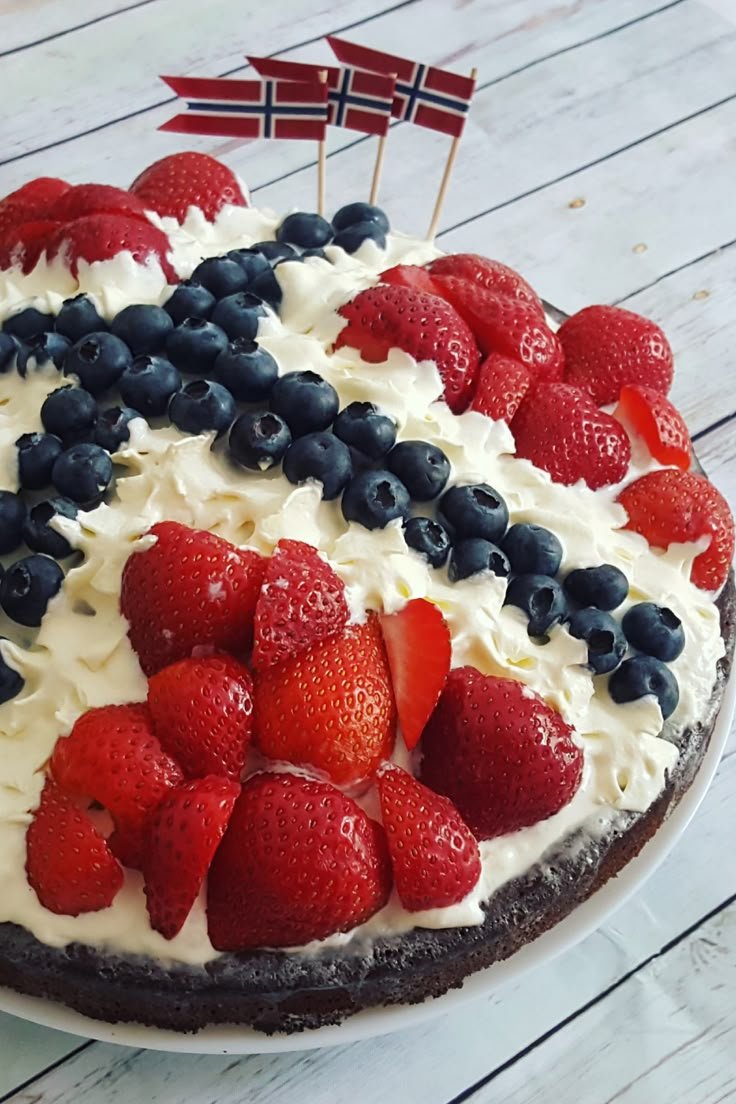
Food and Drink
Norwegian cuisine is a love letter to its terrain-think Atlantic seafood, cloudberry-laced desserts, and farm-to-fork ethos.
Must-Try Dishes
- Fårikål: Norway’s national dish, a hearty lamb-and-cabbage stew best enjoyed in autumn.
- Rakfisk: Fermented trout, a pungent delicacy often paired with flatbread and sour cream.
- Brunost: Caramelized brown cheese, a sweet-savory staple on waffles or crackers.
- Klippfisk: Air-dried cod, the backbone of dishes like bacalao (stewed with tomatoes and olives).
Seafood Extravaganzas
Bergen’s Fish Market serves ultra-fresh shrimp sandwiches and salmon sashimi. In Tromsø, Fiskekompaniet plates king crab legs with champagne, while Reine Rorbuer in Lofoten offers cod tongue stew in waterfront cabins. For luxury, Clarion Hotel The Edge’s rooftop bar in Tromsø pairs reindeer steak with fjord views.
Coffee Culture & Sweet Treats
Norwegians are among the world’s top coffee consumers. Tim Wendelboe in Oslo is a pilgrimage site for third-wave brews, while Bergen’s Kaffemisjonen roasts beans in a converted garage. Don’t miss skillingsbolle (cinnamon buns) at Bergen’s Det Lille Kaffekompaniet, or veilederinner (“maidens’ veils”), a custard-filled pastry.
Drinking Like a Local
Aquavit reigns supreme-try Linie Aquavit, aged in sherry casks during a sea voyage. Craft beer thrives, with Ægir Brewery in Flåm serving Viking-inspired IPES in a pub styled like a mead hall. In winter, warm up with gløgg (mulled wine) at Oslo’s Christmas markets.
Sustainable Dining
Oslo’s Restaurant Kontrast holds a Michelin star for dishes like reindeer with juniper, while Holt in Trondheim sources 90% of its ingredients from within 100 km. Hotel Ullensvang in Hardangerfjord grows its own apples for cider, served alongside trout from the adjacent river.
Final Bite
Norway’s culinary scene is as dynamic as its seasons. Whether you’re slurping mussels in a Bergen wharf or foraging berries with a Sami guide, each meal tells a story of tradition and innovation. Pair it with a stay that matches your rhythm-be it a lighthouse storm-watching suite or a design hotel where the aurora dances outside your window-and Norway 2025 becomes not just a trip, but a sensory masterpiece.
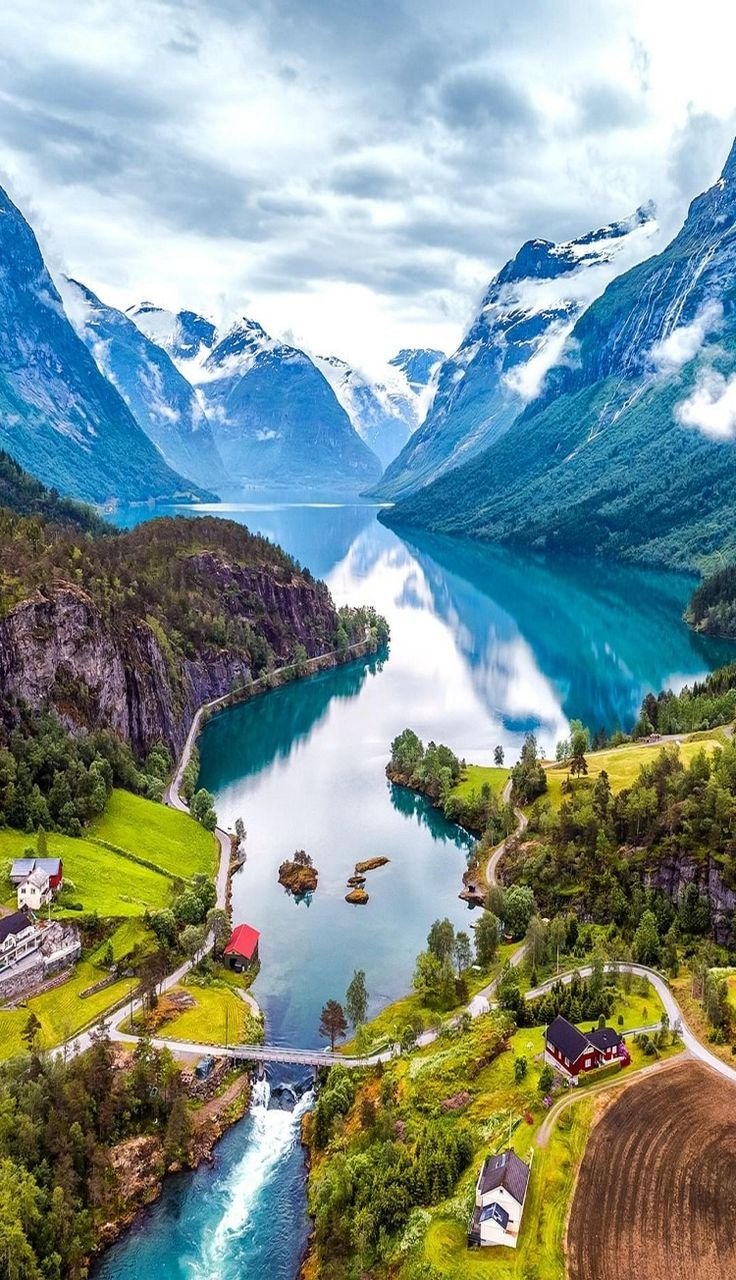
Must-See Attractions
- Geirangerfjord
A UNESCO World Heritage Site, this fjord is Norway’s crown jewel, where emerald waters meet 1,400-meter cliffs. Sail past waterfalls like the Seven Sisters and Bridal Veil, or hike the Eagle Roadfor panoramic views. The nearby Geiranger Skywalkoffers a vertigo-inducing perspective over the fjord. - Lofoten Islands
The New York Times’ 2025 pick, Lofoten’s jagged peaks and red rorbuer(fishermen’s cabins) create a photographer’s paradise. Visit Hauklandstranda Beach, where a new visitor center (opening 2025) adds eco-friendly amenities to this white-sand wonder. Don’t miss Reine, a postcard-perfect village framed by granite towers. - Oslo’s Cultural Gems
- Viking Ship Museum: Marvel at 9th-century longships, including the intricately carved Oseberg.
- Munch Museum: Explore the world’s largest collection of Edvard Munch’s works, including The Scream, in its striking Bjørvika waterfront home.
- Vigeland Park: Wander among 200 bronze and granite sculptures capturing human emotion in lush gardens.
- Bergen’s Historic Charm
Ride the Fløibanen Funicularto Mount Fløyen for city-fjord vistas. Stroll Bryggen Wharf, a UNESCO site with 14th-century Hanseatic warehouses now housing artisan shops. Nearby, the Fish Marketserves Bergen’s freshest seafood. - Tromsø’s Arctic Cathedral
This triangular glass-and-steel marvel hosts midnight concerts under the Northern Lights. Pair it with a visit to Polaria, an Arctic aquarium showcasing Norway’s icy ecosystems. - Kristiansand’s Surprising Allure
A 2025 New York Timesstandout, this southern city charms with Kristiansand Zoo(Scandinavia’s largest) and Odderøya Island, a former military base turned cultural hub with art studios and coastal trails. - Senja’s Untamed Beauty
Dubbed “Norway in miniature,” this island north of the Arctic Circle offers Segla-a sheer cliff perfect for sunrise hikes-and the new Storm Hotel Senja(opening May 2025), blending luxury with raw coastal landscapes.
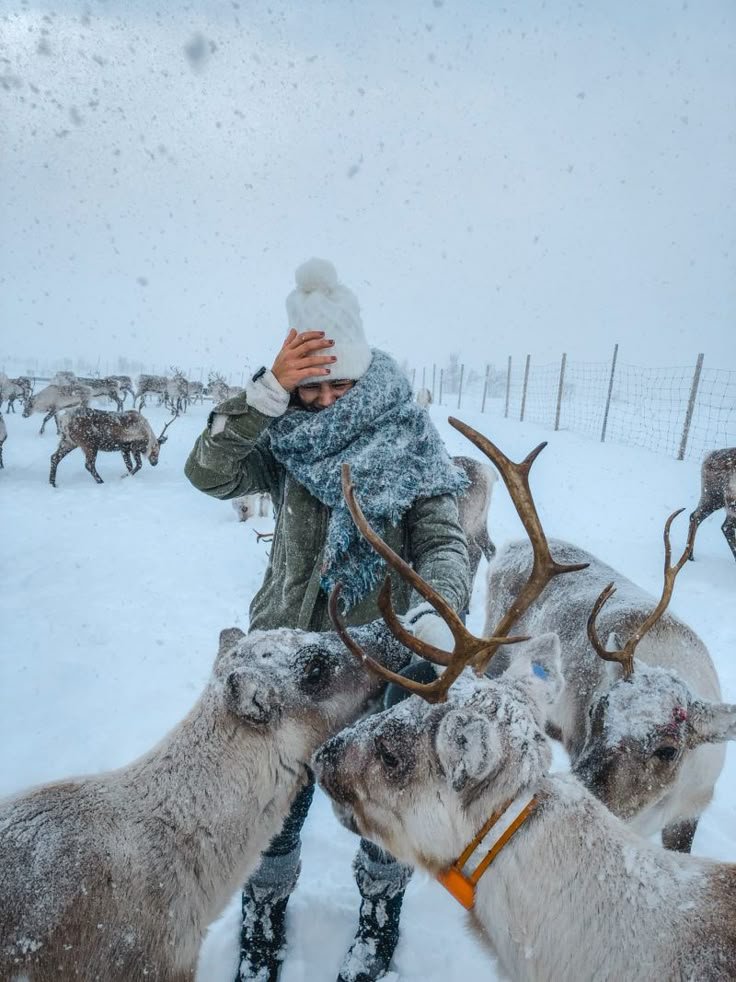
Must-Do Activities
- Chase the Northern Lights
Between October and March, head north to Tromsøor Altafor aurora tours. For a twist, book a stay at Malangen Resort, where glass igloos let you watch the sky dance from bed. - Fjord Cruising & Kayaking
Glide through Nærøyfjord(a UNESCO site) on electric boats, or paddle Lysefjordbeneath Pulpit Rock. The Hurtigruten Coastal Ferry remains a classic, linking Bergen to Kirkenes with daily stops at fishing villages. - Hike Norway’s Iconic Trails
- Trolltunga: Tackle this 28km cliffside trek for Instagram-famous rock-ledge photos.
- Preikestolen (Pulpit Rock): A 6km climb rewards you with 604-meter views over Lysefjord.
- Romsdalseggen: New 2025 trail markers make this ridge hike safer while preserving its rugged appeal.
- Ski Under the Midnight Sun
At Stryn Summer Ski Center, shred glaciers in June. For winter magic, Lillehammer’s Olympic Parkoffers ski jumps and cross-country trails. - Taste Nordic Innovation
- Maaemo (Oslo): Norway’s three-Michelin-starred temple of foraging serves dishes like reindeer with pine.
- Ægir Brewery (Flåm): Sip Viking-inspired ales in a mead hall replica[Previous Answer].
- Fiskekompaniet (Tromsø): Feast on king crab legs while fjord light bathes your table[Previous Answer].
- Explore Sami Culture
In Finnmark, join reindeer herders for lavvo(tent) storytelling and joik(traditional song) performances. Visit Sápmi Park in Karasjok to learn about Arctic indigenous resilience. - Ride Scenic Railways
- Flåm Railway: Descend 863 meters through 20 tunnels, passing waterfalls and farms.
- Bergen Line: Cross Europe’s highest plateau between Oslo and Bergen, spotting wild reindeer en route.
- Dive into 2025’s New Hotspots
- Bristol Spa (Oslo): Melt stress in a snow cave after cedar-sauna sessions.
- Hovden Waterpark: Debuting autumn 2025, this mountain retreat adds heated pools to ski slopes.
- Nordic Pixel Forest (Oslo): Wander Ekebergparken’s 24,000 LED-lit trees, a psychedelic art installation.
- Coastal Road Tripping
Drive Atlantic Ocean Road, where bridges arch over stormy waters, or tackle Trollstigen’s 11 hairpin turns. Rent an electric car to access Norway’s extensive charging network. - Island-Hopping Adventures
From Alesund, ferry to Godøya Island’s 1876 lighthouse, or sail the Vega Archipelago(UNESCO) to meet eider duck farmers.
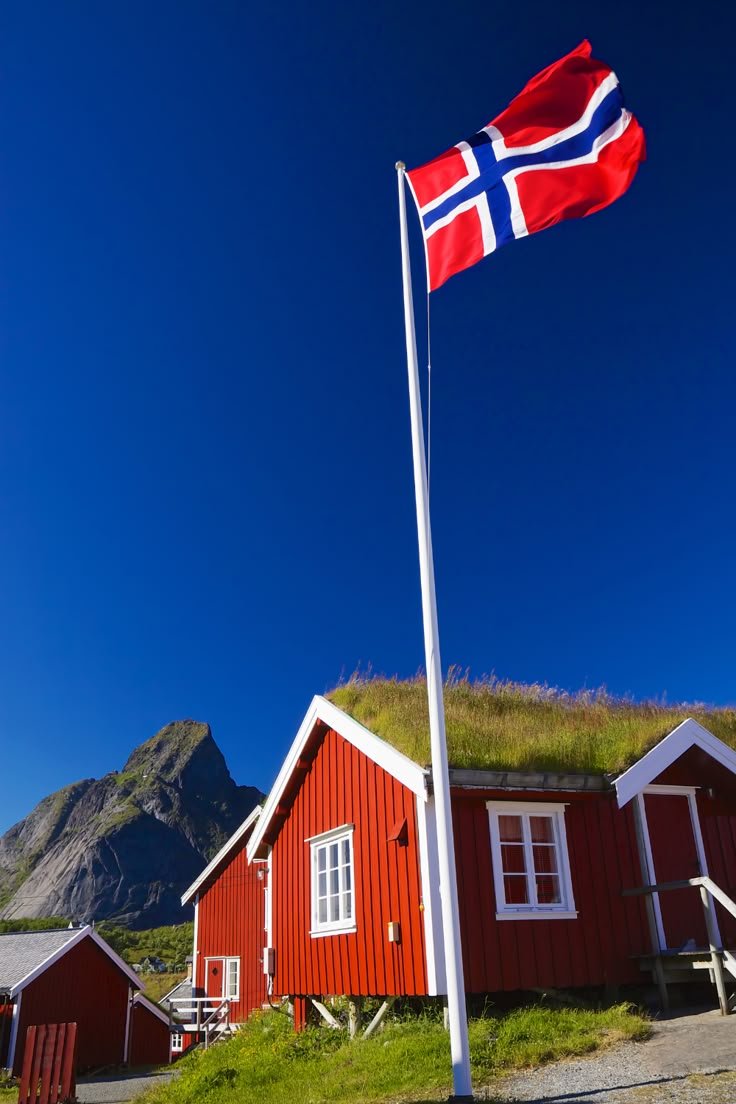
Travel Tips
Norway, with its dramatic fjords, pristine wilderness, and vibrant cities, is one of Europe’s safest and most welcoming destinations. Yet, as with any journey, a smooth and memorable experience depends on understanding local customs, staying aware of your surroundings, and knowing a few key phrases. Here’s your comprehensive guide to traveling smart, safe, and respectfully in Norway in 2025.
Safety Advice
General Safety
Norway consistently ranks among the world’s safest countries. Violent crime is extremely rare, and locals are polite and respectful. Solo travelers, including women, can generally walk around cities and towns-even at night-with peace of mind. However, basic precautions are always wise:
- Keep valuables close and be alert in crowded places, especially in tourist hotspots, train stations, and airports.
- Petty theft, such as pickpocketing and bag snatching, can occur in busy areas, particularly in Oslo and Bergen during the summer tourist season. Always zip your bags, keep them in sight, and avoid leaving valuables unattended.
- Scams are rare, but be wary of distractions or unsolicited help, as these are sometimes tactics used by pickpockets.
Nature and Outdoor Safety
Norway’s greatest risks are found in its wild and unpredictable nature. The country’s stunning landscapes-mountains, fjords, forests, and Arctic tundra-are also places where weather can change rapidly, and conditions can become dangerous:
- Always check the weather forecast before heading out, especially for hikes or mountain excursions. Norwegian weather can shift from sunny to stormy in minutes, even in summer.
- Dress in layers and be prepared for rain, cold, or snow at any time of year. Good waterproof and windproof clothing is essential.
- Never hike or venture into remote areas alone unless you are experienced. Inform someone of your itinerary and expected return time.
- Stick to marked trails and heed all warning signs. Glaciers, cliffs, and big waves can be hazardous-never approach a glacier front or waterfall unless you are with a guide and properly equipped.
- In winter, be aware of avalanche risks, especially in mountainous areas. Roads may become impassable due to snow, and darkness arrives early.
- If you’re heading to the Svalbard archipelago, polar bears are a real danger. Never leave settlements without a guide and proper safety equipment.
- Always carry a fully charged phone or GPS device, and consider travel insurance that covers rescue and medical evacuation for adventure activities.
Transport and Road Safety
- Public transportation is safe and reliable in cities, but services may be less frequent in rural or remote regions.
- If you rent a car, remember that Norway’s roads can be narrow, winding, and affected by weather. Speed limits are strictly enforced, and fines are steep-even a small infraction can result in a hefty penalty.
- Winter tires are mandatory during snowy months. Always plan extra time for journeys, as distances may be longer than they appear on the map.
- Watch for wildlife, especially moose and sheep, which often cross rural roads7.
Other Safety Notes
- Terrorism risk is low, but as with anywhere, remain vigilant in public places and report anything suspicious to authorities.
- Norway’s emergency number is 112 for police, 113 for medical emergencies, and 110 for fire.
Local Customs
Norwegian Social Etiquette
Norwegians are known for being reserved, polite, and respectful. While they may not initiate conversation with strangers, they are friendly and helpful if approached.
- Personal space is valued. Avoid standing too close or touching people you don’t know well.
- Greetings are typically a firm handshake and direct eye contact. First names are commonly used, even in professional settings.
- Norwegians appreciate punctuality. Arriving late, even by a few minutes, is considered impolite.
- Silence is not uncomfortable in Norway. Don’t feel the need to fill every pause in conversation.
- Tipping is not obligatory, as service charges are included. However, rounding up the bill or leaving small change for excellent service is appreciated.
Dress and Appearance
- Norwegians dress smartly but practically. Outdoor clothing is common, and layering is key due to the changing weather.
- In cities, casual but neat attire is standard. For the outdoors, invest in quality waterproofs and sturdy shoes.
Nature and the Right to Roam
- Norway’s “allemannsrett” (right to roam) allows everyone to access uncultivated land for hiking, camping, and berry-picking. However, leave no trace: take your rubbish with you, respect private property, and avoid disturbing wildlife.
- Campfires are not allowed in forests or near open fields during dry periods due to fire risk.
Alcohol and Smoking
- Alcohol is heavily taxed and sold only in licensed shops (Vinmonopolet) and bars. The legal drinking age is 18 for beer and wine, 20 for spirits.
- Smoking is banned in all indoor public spaces, including bars and restaurants.
Public Behavior
- Norwegians value equality and modesty. Bragging or showing off is frowned upon.
- Queuing is orderly-always wait your turn.
- Respect for the environment is deeply ingrained. Recycling is widespread, and littering is socially unacceptable.
Language Basics
Norwegian is the official language, with two written forms: Bokmål and Nynorsk. English is widely spoken, especially among younger Norwegians and in urban areas, so communication is rarely a problem for travelers. Still, learning a few key phrases will be appreciated and can enrich your experience.
Common Norwegian Phrases:
- Hello: Hei
- Goodbye: Ha det (bra)
- Please: Vær så snill
- Thank you: Takk / Tusen takk (Thank you very much)
- Yes / No: Ja / Nei
- Excuse me / Sorry: Unnskyld
- Do you speak English?: Snakker du engelsk?
- How much does it cost?: Hvor mye koster det?
- Where is…?: Hvor er…?
- Help!: Hjelp!
Pronunciation Tips:
- “J” is pronounced like English “Y” (Ja = “ya”).
- “Kj” is a soft “sh” sound.
- “Ø” is similar to the “i” in “bird.”
Signage and Communication
- Most public signs, menus, and information boards are available in both Norwegian and English.
- In rural areas, English may be less common, but locals will do their best to assist.
Final Tips for a Smooth Journey
Traveling in Norway is a safe, enriching, and inspiring experience. By respecting the country’s natural power, embracing local customs, and learning a few simple words, you’ll be greeted not just with breathtaking views, but with genuine Norwegian warmth. Pack your sense of adventure and curiosity-and let Norway’s wild beauty and gentle culture leave a lasting impression.

